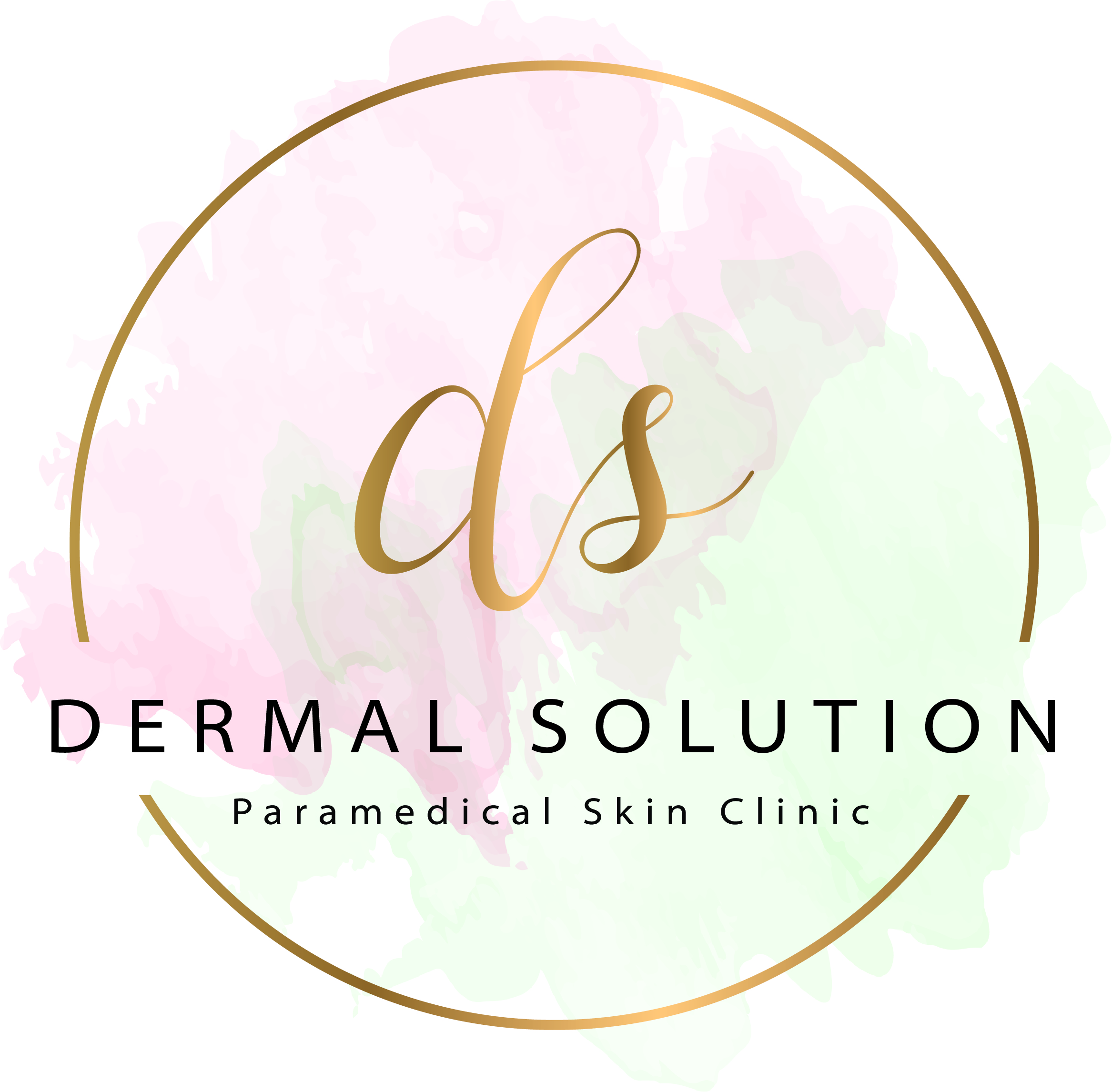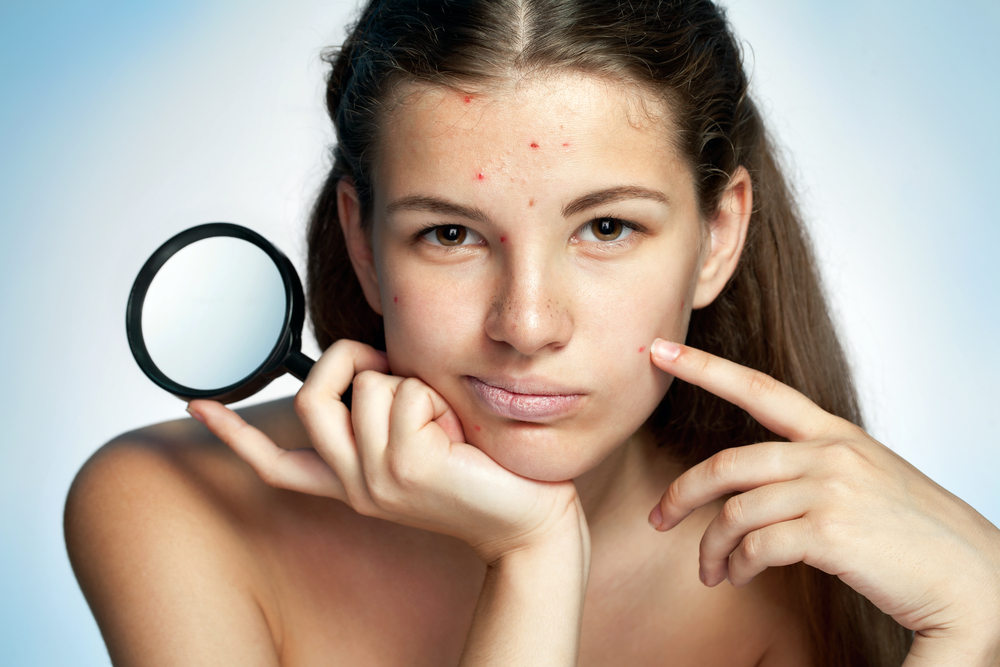With the cooler weather during Winter it is a common misconception that we don’t need to protect our face from the sun. It is true for those living at lower altitudes the risk for sunburn may have significantly lowered due to the sun being higher in the sky this time of year so the short wave UVB rays responsible for sun burn do not reach us as well as they do during summer, but it is the cumulative effect of UV radiation we need to be aware of through out the years and in particular the pernicious UVA.
What many do not realise is that the ever present skin aging UVA rays that are still able to cause significant damage to the skin and its precious collagen at any time of year due to it being a longer wave in the light spectrum and it’s deeper penetration resulting in the breaking down of the important scaffolding that is our collagen and elastin fibres even during the winter months. UVA rays account for up to 95% of UV radiation reaching the earths surface.
I like to refer to UVA as the “Ageing Rays”, reaching down into the Dermis destroying the collagen and elastin it is also responsible for the visible signs of ageing we see on a sun damaged skin, such as deep wrinkles, hyperpigmentation, skin sagging and most importantly it can contribute to skin cancer both via suppression of our immune system and damage to the DNA of the skin cell leading to mutations within the skin that can result in non-melanoma skin cancers.
In an article found on the Skin Cancer Foundation website https://www.skincancer.org/prevention/uva-and-uvb it was mentioned that previously it was believed that UVA rays did not cause significant damage to the outer layer of our skin, the epidermis which is where most skin cancers occur. “studies over the past two decades, however, show that UVA damages skin cells called keratinocytes in the basal layer of the epidermis, where most skin cancers occur. (Basal and squamous cells are types of keratinocytes.) UVA contributes to and may even initiate the development of skin cancers”.
Unlike UVB, UVA remains constant all year round, rain or shine and its intensity remains relatively equal through out all daylight hours. UVA can penetrate glass highlighting the need for protection both indoors and out. The scary thing about UVA rays is that they do not cause any burning sensation or reddening of the skin like what we experience with UVB rays so in Winter it is easy to think our skin will be safe if we forgo any sun protection, even when in the sunlight for extended periods.
UVB “Burning Rays” are strongest during Summer, penetrating and damaging the epidermis whilst causing what we know as Sunburn. These rays are strongest during 10 am and 4pm and also contribute to ageing of the skin and hyper pigmentation.
When looking for a sun protection product, we often look towards the SPF rating to gauge the level of protection, the SPF number on the sunscreen label represents the level of UVB protection. SPF stands for sun protection factor, and it is used to calculate the time that you will have in the sun whilst using the product before your skin burns and this is referred to as Maximum Sun Exposure Time. To calculate this time it is the amount of Minutes it would take for your skin to burn without sunscreen x SPF Number = Maximum Sun Exposure Time
A n example of what this means is if you burn WITHOUT a sunscreen in 10 minutes, then you apply an SPF 30+ you theoretically can stay in the sun for 30 x 10mins, that’s 300 minutes or 5 hours. But unfortunately it is not that simple and here is why:
1. SPF testing is conducted by lathering the body in sun cream but in reality sun lovers use about HALF the amount of product used in testing meaning the actual sun protection achieved is closer to 2-2.5 hours (compared to the theoretical 5 hours).
2. Once your burn time for the day is up, you cannot re-apply your SPF and start again. Think of it like putting a chicken in the oven, once the time is up and you take it out of the oven it’s cooked. When your burn time has expired you are cooked and need to stay out of the sun for the next 24 hours.
3. If you choose to use anything higher than an SPF30+ (the most popular being a 50+ but they go as high as a 70+) you are also opting for a chemical sunscreen and these can be irritating for some skins. A better option is a 30+ mineral based SPF that is well applied, reapplied if it is towel dried or frictioned off and, most importantly, simply getting out of the sun when you natural burn time x 30 is up!
So based on this information you can see why, if you know me, that I am constantly harping on about the importance of a good Zinc Oxide based sunblock. Zinc Oxide creates a physical barrier on the skin to reflect both the suns harmful UVA and UVB rays away from the skin
Always remember skin is the largest organ, treat it with respect as it is what we present to the world and is also our first line of defense to the outside world. It helps to regulate our temperature and protect us from exposure to pathogens and chemicals but only a healthy skin can do this; and of course it is what we present to the world and can be tied up in how we feel about ourselves, our appearance,our confidence so treat it kindly and protect it daily.
So make it part of your daily ritual to pop on some of my favourite Mineral Pro SPF 30+ every morning, it makes a great base under makeup or get the tinted version and wear it on its own for a subtle glow.
I often get asked what is the best product out there to prevent premature aging and I would have to say not only is it one of the best but probably the cheapest anti-aging product you can invest and that is is a good quality Zinc Oxide based Sunblock like Mineral Pro by O Cosmedics.
I hope you enjoyed this article, if you have any questions how to better protect your skin all year round from UV radiation please don’t hesitate to ask here by leaving a comment.
Don’t forget to Like us on Facebook, or Follow us on Instagram.

